
This month I want to focus on another aspect of walking I find difficult for most to visualize but is crucial to walking without a limp or hip drop to one side. In my last blog, I focused on going from a march to a lunge and how that was a component of walking. Shifting weight from one foot to the other is equally important as the forward and backward motion.
I want to explain how your pelvis shifts from side to side. Now before you stop reading, I am not promoting walking with a wiggle. Instead I am going to help you learn how your pelvis shifts from side to side to allow you to shift your weight from your right to left foot. Without a shift it will cause you to hike up your hip or drop it down, it may cause your body to lean to one side or to land harder on one foot than the other. If you recognize yourself in one or more of these scenarios, read on!
The medical term for walking with a limp is a Trendelenburg gait. This is often a sign of weakness of the gluteus medius muscle. If you put your hand on the back of your hip like you are sliding it into a back pocket you will be touching the gluteus medius. This is an important muscle to keep your pelvis level. When you swing your leg to move it forward, the gluteus medius on the other leg hikes up the swinging one to keep it from dropping down and thereby holding it level.
Try walking heel to toe on a straight line with your heel of one foot stepping right against the toe of your back foot. To do this put your right foot behind the left and place your left hand in your left “back pocket” on the gluteus medius. As you lift your right leg to step forward, you should feel the left muscle fire, lifting the pelvis and then it lowers to level as you bring your foot to the floor. Continue stepping forward with the right foot in front of the left. You should feel your weight shift side to side.
Another simple exercise is the doorway leg cross. Stand in a doorway so you can use the door jamb if you need support. Stand on your left leg and move your right leg in front of the left landing on the heel. Feel for the left gluteus muscle to lift the right leg to the front and when your heel strikes the pelvis is level. Now move the right leg behind the other so your knees are even, like you are doing a curtsy. Again, the left side lifts the right and moves it behind you leveling the pelvis. This should help you see the side to side shift that happens as you walk. When you push off from behind, the opposite gluteal muscle fires lifting the pelvis and keeps you from dragging the leg as the pelvis shifts side to side.
Here is one of my favorite weight shift exercises. This looks tricky, but it helps with shifting weight and is good for the arms, spine and core too! Hope you will give it a try. Start by lying on your left side, resting on your left forearm, with your left leg straight and the right foot crossed over the left at your knee. Reach your right hand down toward the left heel. Feel the left side of your body get long from your shoulder to the hip and the right shoulder and pelvis come together.
Next, reach your right arm up and over your body in front of your left forearm, pushing up on the left side of your foot. Your left gluteus medius will work to lift your right side and you will feel the left shoulder and hip come together and the right move apart. Return to the start position.
Once you master this try it with your hand on the floor and your elbow extended as shown below.
Now the next walk you go on I hope you will feel how your pelvis doesn’t only propel you forward, but allows you to shift side to side to keep your weight on both legs. I am so thankful for our bodies and how intricately we are made! I often work on improving gait to decrease pain, relieve stress on the joints, strengthen muscles and improve movement patterns. Walking is an extremely complicated task we often take for granted. As we are moving toward November, try to be thankful and aware of all the ways you can move! Have a great month.
Be safe and keep transforming,
Judy
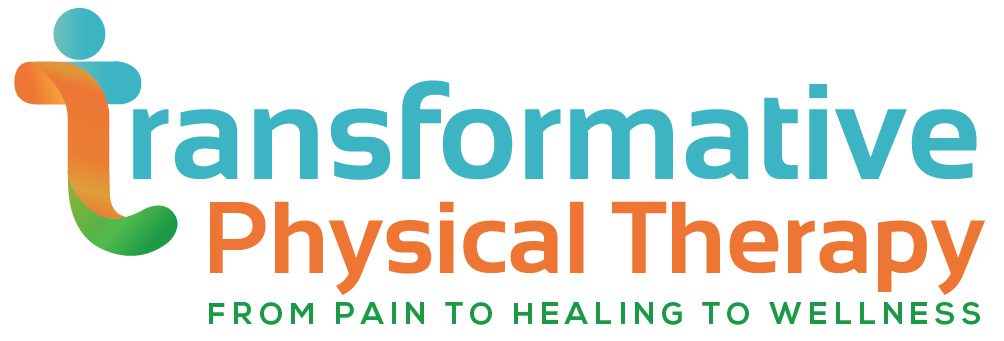
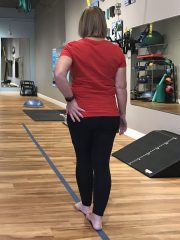
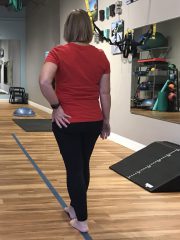
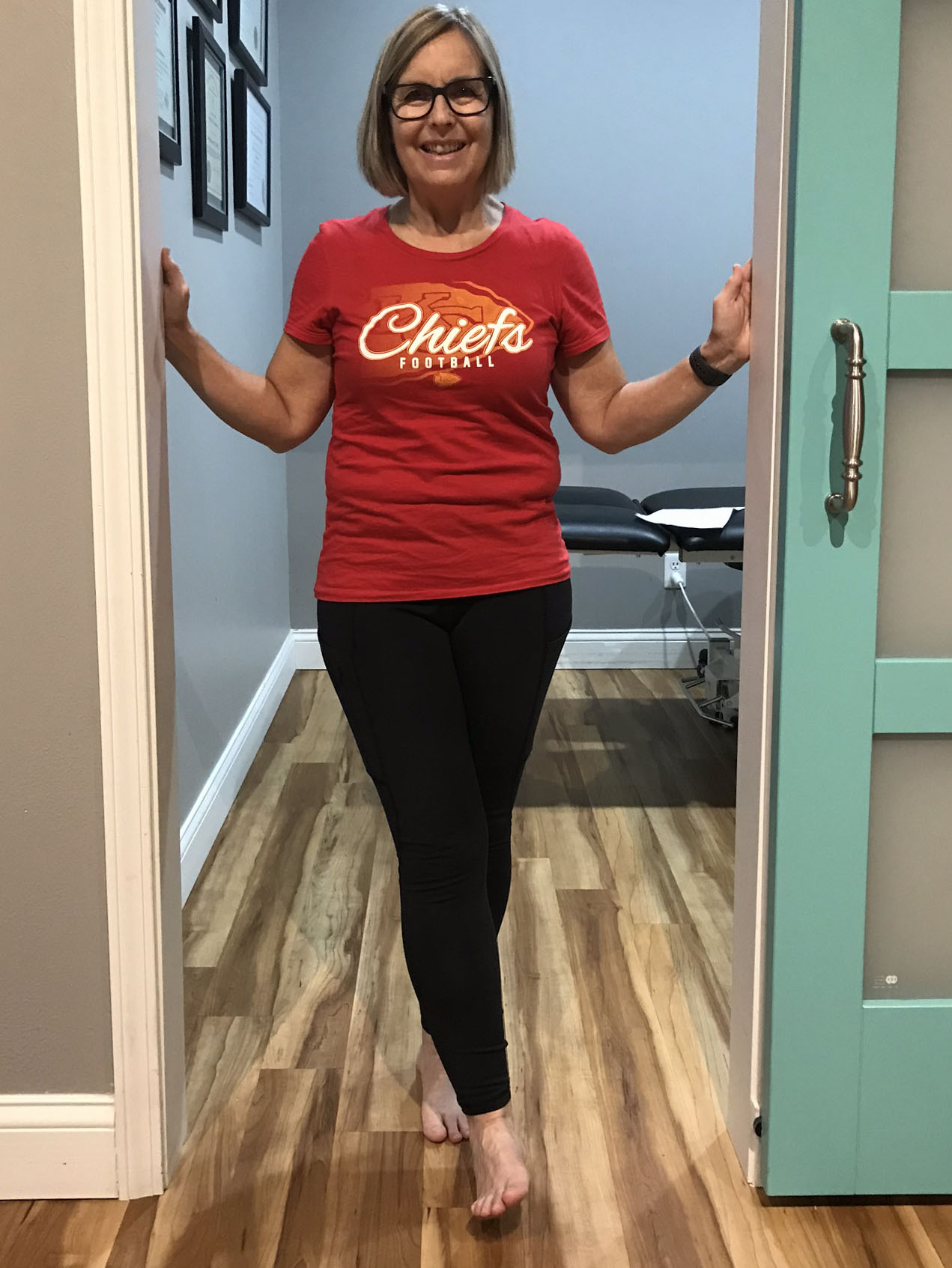
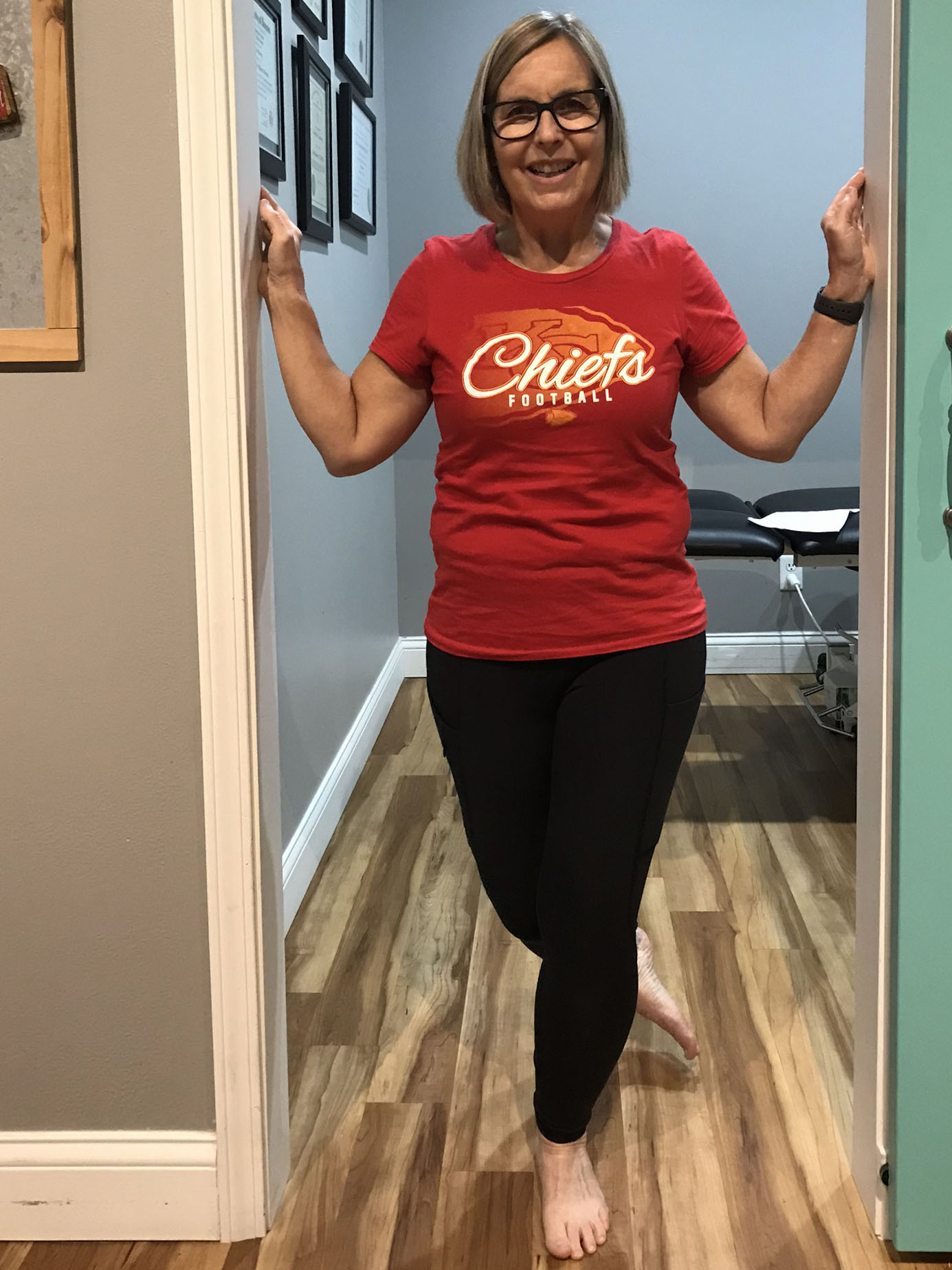
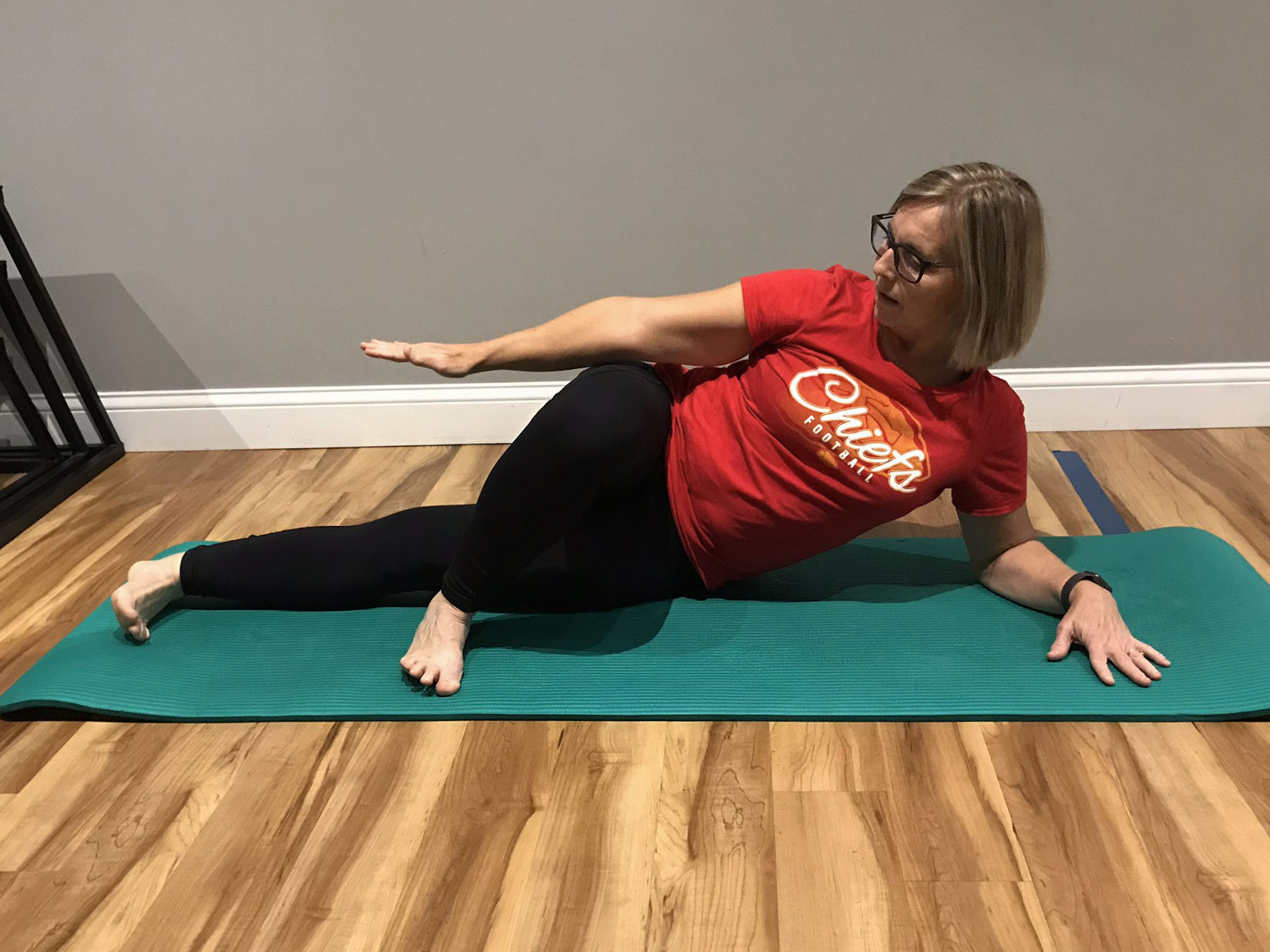
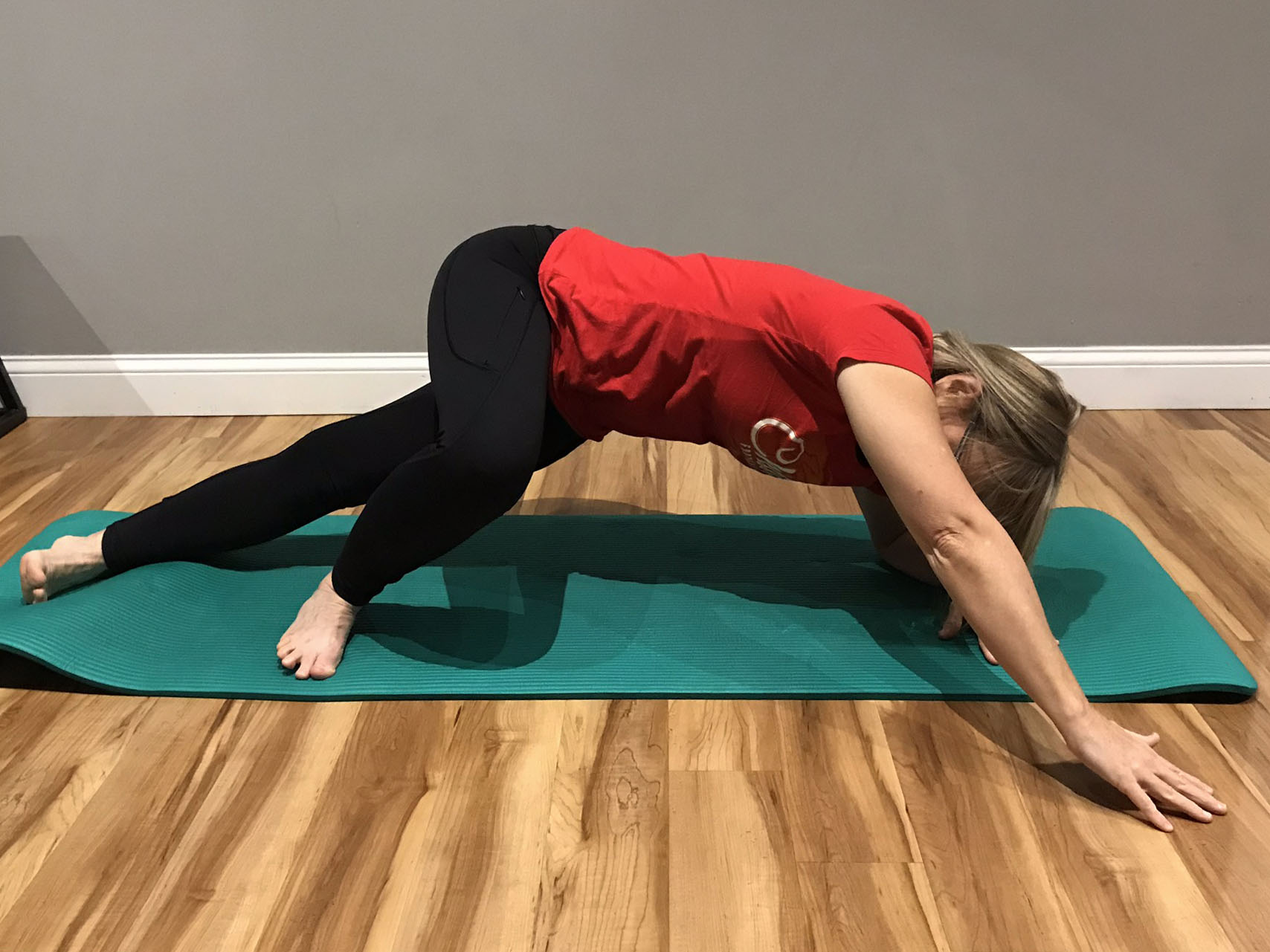
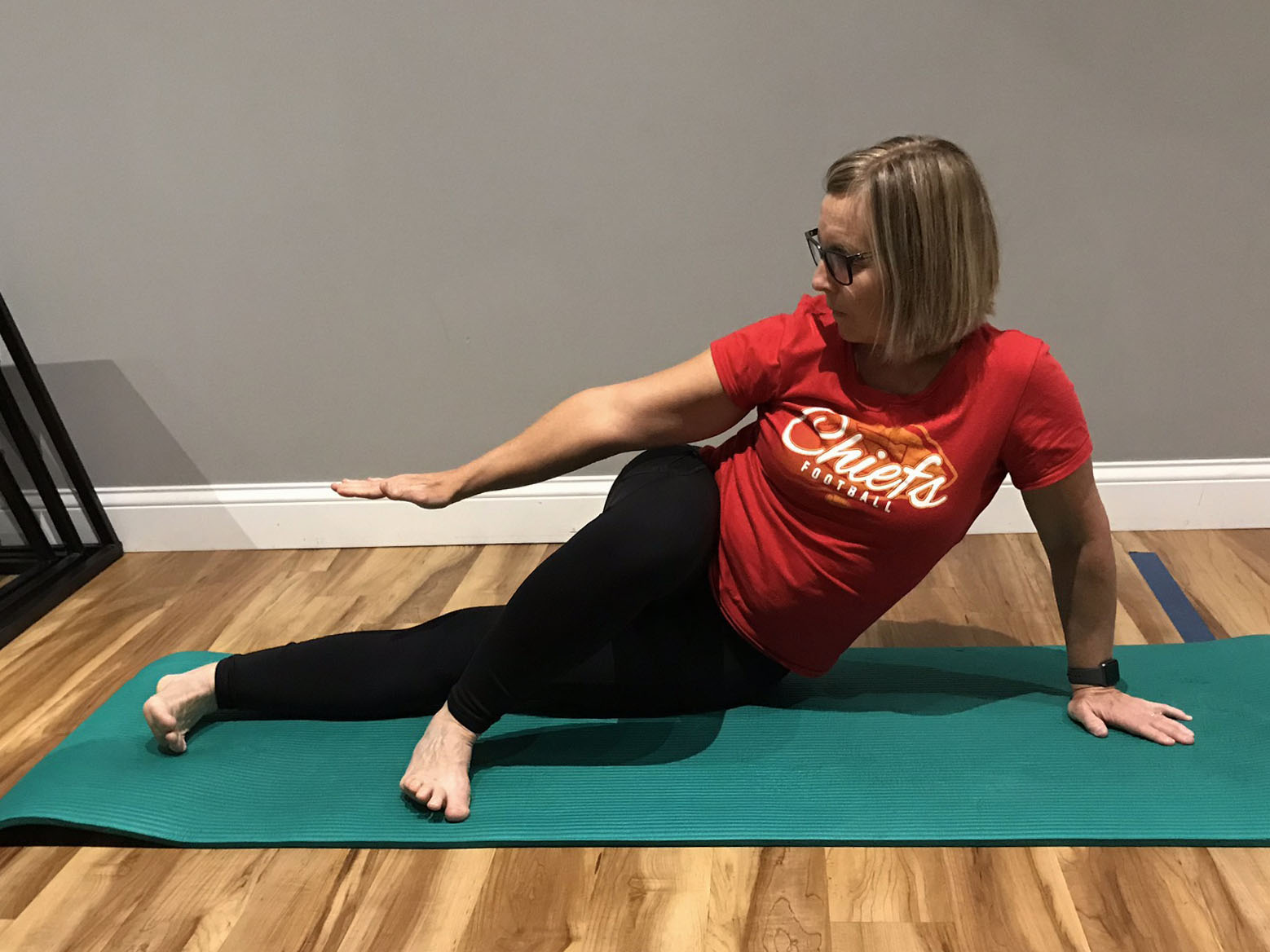
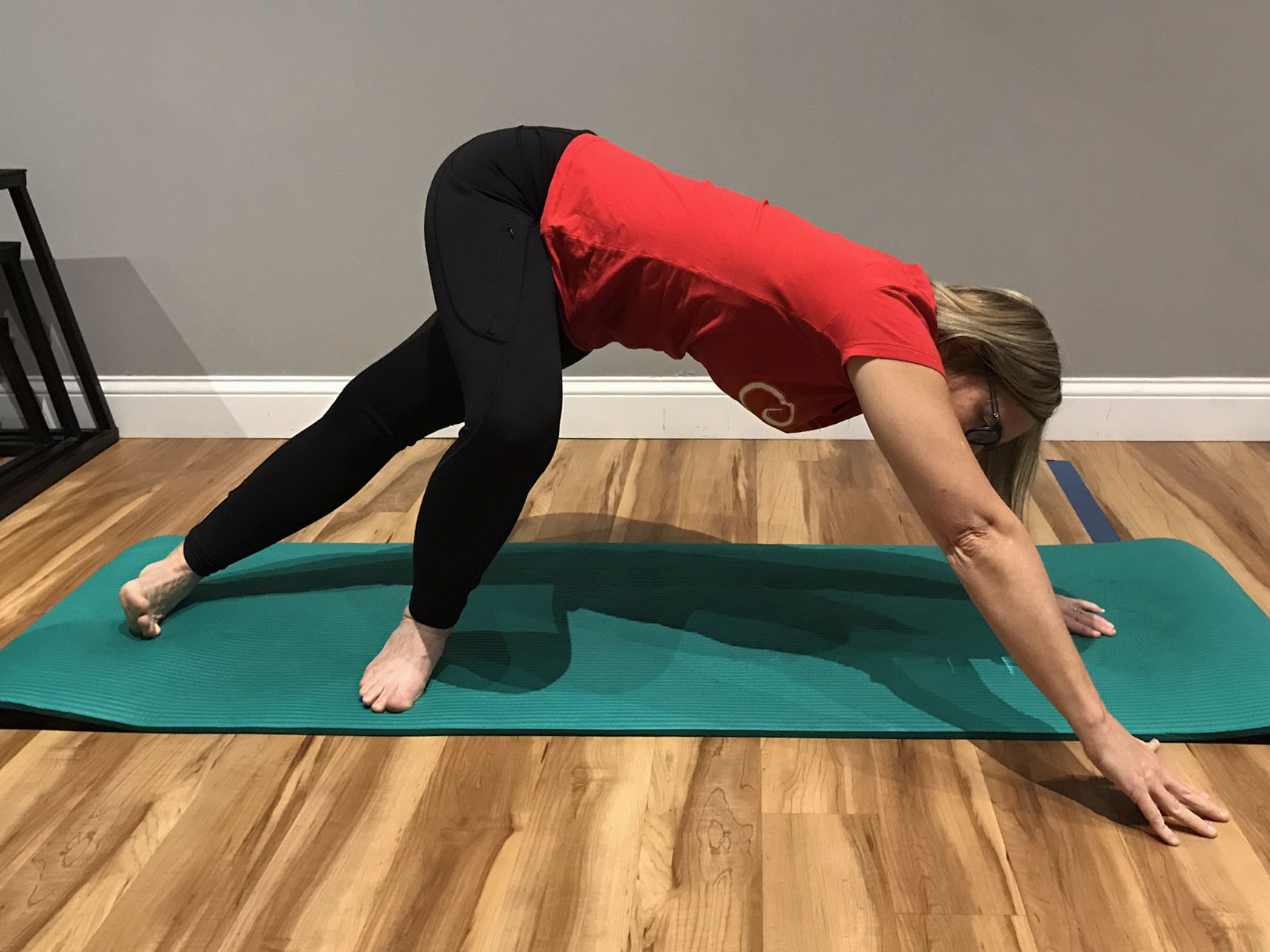
So helpful, thank you!
Love this information and exercises, thank you!
Glad you are liking it!